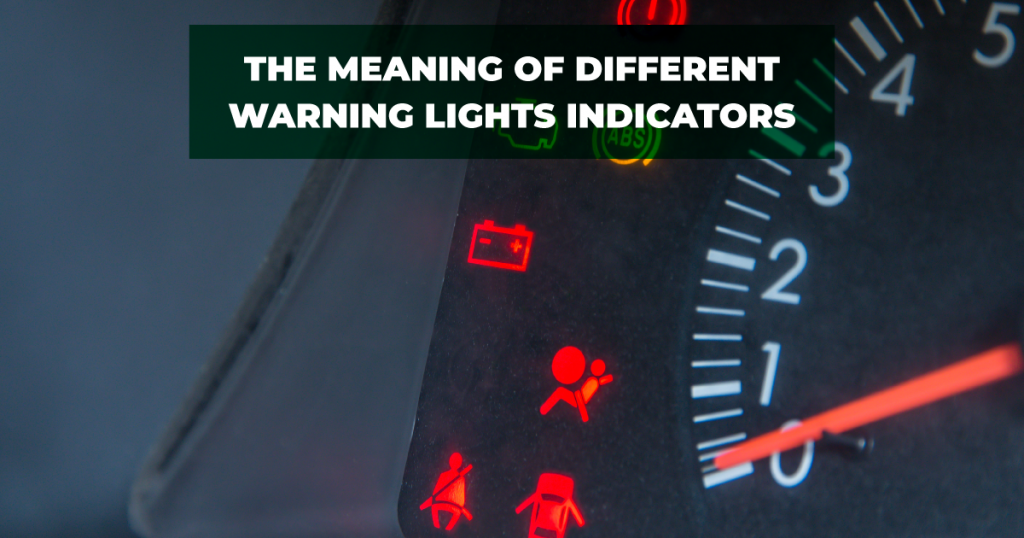Most cars have sophisticated sensors and warning systems that notify us when something is a miss. This is why it is important to read the users manual so that you know what each warning light means and the necessary precaution steps to take when they come on.
People pay little attention to small but important details especially when a vehicle is new. We are all just raring to get behind the wheel and take it for a spin. Taking note of the various warning lights and taking the necessary steps to rectify them goes a long way in improving your car’s safety.
Here are some important warning indicator lights meanings and the recommendations to take if they appear on the dashboard.
Engine Light Warning

This typically indicates in cars motors that have sensors connected to the engine and the emission system. If this light pops up, you should have a qualified technician run a diagnostic on your car. Nowadays, there are computerized systems to run such diagnostics hence identifying the problem becomes easy.
Brake Warning Light

There are various reasons why this light may flash. It could mean that the parking brakes are engaged or it could mean that the braking fluid is low.
It could also mean something else so it is better to look at the users manual to understand exactly what the issue is.
ABS Warning Light

This is a very sensitive warning light. So if it flashes, you should take your car to the nearest diagnostic centre. Anti-Lock Braking System ensures that your car remains stable and controllable in sudden stop situations. Thorough diagnostic should be carried out, in this case, to ensure that everything is okay.
Coolant Liquid Light

This is well known to many car owners. It is an indication that your engine is overheating. When this flashes, you should pull over, open the hood and just allow it to cool.
Never try to open the cap of the radiator when the engine is still hot as the cooling liquid is highly pressurized and this can cause burns. Always open the lid after the engine has cooled down.
Oil Warning Light

This light shows that the oil pressure in the engine is low. As a caution, Avoid driving your car as this can damage your engine.
The light could also indicate oil pump failure or oil filter blockage.
So when this happens while driving, it is safe that you pull over and switch the engine first. Then check the oil levels using a dipstick. If the oil levels seem okay, then you should call a mechanic for further diagnosis. On the other hand, if the levels are low, ensure that you top it up before driving your car again.
Electrical Fault Light

If this light stays on even after a drive, it means that the electrical charging system is faulty. This can be fixed easily by a qualified mechanic within a short period of time.
Service Engine Light

This light indicator will usually tell you when you should service your engine. The light may appear in different colours. For example, a yellow light indicates a minor issue which you yourself can diagnose while a red light indicates a major problem which requires urgent engine servicing.
Conclusion
Understanding these lights is paramount. This way, when something is wrong you can easily notice and take the necessary steps to correct the problem. In addition, it will help you understand your car much better.
